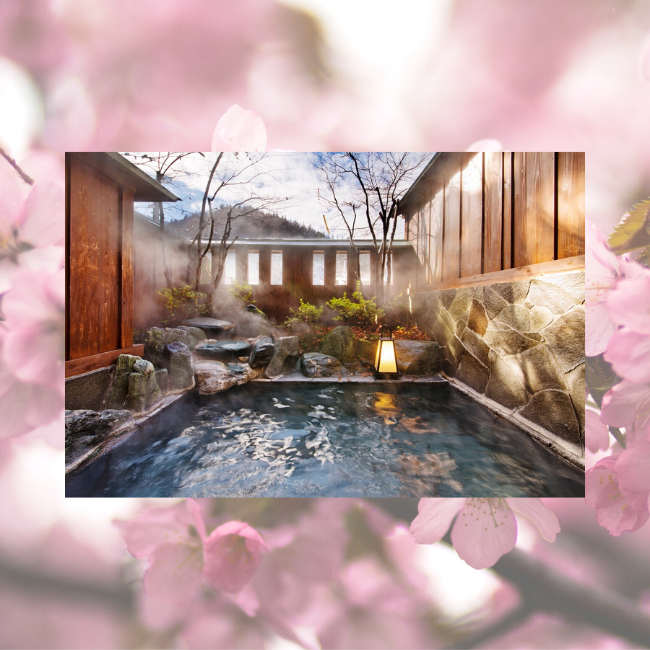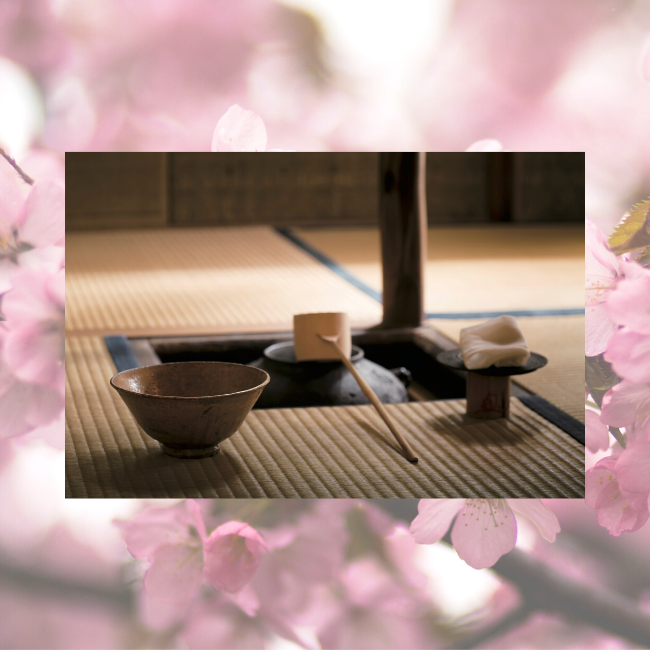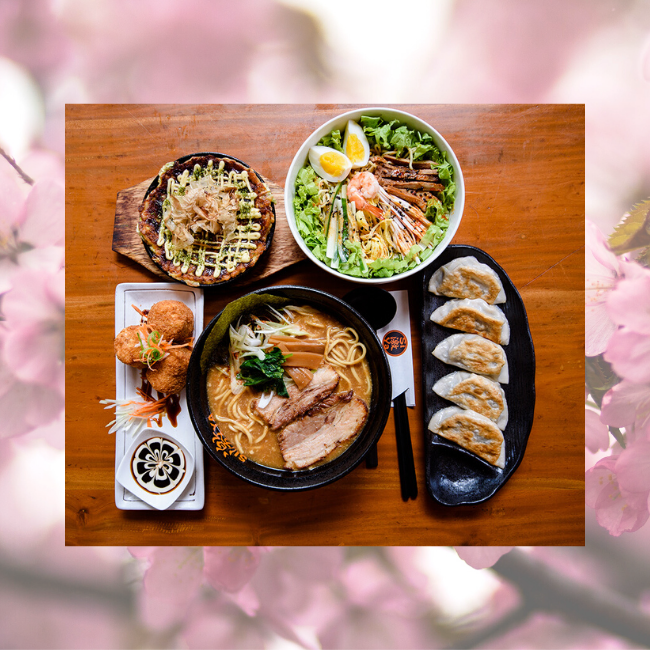7 Unique Things You Should Experience When Visiting Japan

Home to dazzlingly modern cities and natural offerings, Japan truly has it all. With a country filled with stunning landscapes, it would be impossible for one to take it all in just one visit. So, we have set up a cheat sheet so you could get the most authentic Japanese experience.
7 Unique Things You Should Experience When Visiting Japan
ONSEN SOAKING
If you haven’t been to a Japanese onsen… nudity is a rule. The word onsen refers to the country’s natural hot springs, representing facilities like spas and inns that pipe the waters into their own bathing areas. With Japan’s hot spring capital Beppu has 2,500 hot springs and remains the world’s second-largest source of thermal spring water.
Feared that it could be associated with yakuza gangs, there are onsens that actually ban tattoos. With a simple search online, you can look for an onsen that remains Tattoo-Friendly through this link. Users can also narrow down their search if they wish to look for other facilities they want to visit like gyms, pools, inns, and/or public baths.

HANAMI
Referred to the Japanese traditional custom enjoying the transient beauty of flowers, hanami literally means flower viewing. Gathering in great numbers wherever the flowering trees are found, thousands of people hold feasts under it. Sometimes, they throw parties until late at night.
In more than half of Japan, the cherry blossoming days come at the same time as the beginning of their school year and work after vacation. The cherry blossom season normally takes place around the end of March and the beginning of April. Usually involved eating and drinking, residents also gathering with kinds of music and other traditional events.

STAY IN RYOKAN
A traditional inn in Japan, a ryokan usually features tatami-matted rooms, communal baths, and other public areas where visitors may wear yukata or traditional Japanese garments and talk with the owner. Although difficult to find in Tokyo and other large cities in Japan, it is actually more expensive compared to modern hotels and hostels.
Traditional ryokan is more commonly found in scenic rural areas. However, in recent years, many ryokan owners decided to redevelop their original style. It usually has a large entrance hall with couches and hours, flooring is tatami and has sliding doors. Many ryokan rooms also feature a porch or a balcony. A more modernized one will have a television for entertainment.

TEA CEREMONIES OR CHADO
This activity involved ceremonial preparation and presentation of matcha, powdered green tea. Chado remains one of the three classical Japanese arts of refinement, along with kōdō for incense appreciation, and kadō for flower arrangement. The top place to experience Japan’s tea ceremony in Kyoto where many places hold tea-making classes and demonstrations available in English and other languages.

KIMONOS
Japan’s most beautiful traditional attire, a kimono remains an undeniably expensive souvenir to bring home. With their hefty price tag, it would also take a long and detailed process to make them. Since a lot of people would prefer to appreciate its beauty from afar, Gion district in Kyoto has a parade where graceful geishas, traditional Japanese entertainers, walk down the streets in their kimonos.

SUMO WATCHING
Quintessentially Japanese, Sumo remains an ancient sports dating back at least a couple of thousand years. In its current form, it has remained largely unchanged since the Edo period. Scoring a seat at one of Japan’s six major sumo tournament every year could be tough. However, advance planning could make it happen.

TRY OUT AUTHENTIC JAPANESE CUISINE
This is already a given. I mean, who wouldn’t want to indulge themselves with authentic Japanee sushi, Kobe beef, soba, yakitori, kaiseki, sake, and ramen?

Read more articles from Village Pipol here.
All photos came from Canva.
Angela Grace P. Baltan has been writing professionally since 2017. She doesn’t hesitate to be opinionated in analyzing movies and television series. Aside from that, she has an affinity for writing anything under the sun. As a writer, she uses her articles to advocate for feminism, gender equality, the LGBTQIA+ community, and mental health among others.





